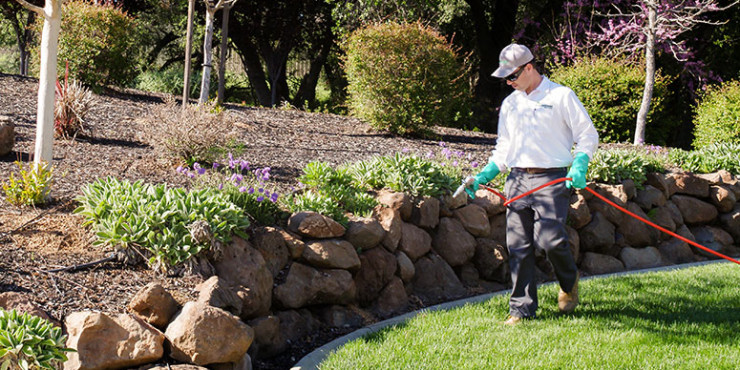To be the best at your job, you need to have the right equipment. Whether you’re new to pest control or if you need to upgrade your tools, it can be helpful to have a refresher on everything that the job requires you to have. While certain tasks will need the help of more specific tools, this is a good list of essential pest control equipment that will help you get started:
Safety Equipment
It’s hard to be great at a job if you’re getting sick or injured during it! Safety equipment is a wise investment, especially because you will be dealing with a wide range of chemicals to kill pests. You need to protect your skin, mouth, and eyes especially. To do this, I highly recommend you purchase a full-body uniform kit which includes a suit, goggles, gloves, and masks. You may also want to consider a respirator if you’re working with sprays.
Because you’ll be spending a lot of time in the field, don’t skimp on these pieces. You need something that is comfortable and durable while still being effective.
Sprayers & Backpacks
Using a power sprayer gives you more control over how you kill pests, allowing for improved accuracy and avoiding accidents with chemicals. Backpack sprayers are probably the easiest and most effective ways to spray as these devices give you more mobility. Having a sprayer on your back as opposed to dragging a tank around saves you time and energy, and just makes the process easier. If you’re just starting your search, look for quality brands like Jacto, Maruyama, and Birchmeier. In fact, Birchmeier Backpacks are especially well-known among pest control professionals for combining high-spraying power with the ease and mobility of a backpack.
Foamers & Foggers
Similar to sprayers, foamers and foggers help to easily distribute chemicals and safely kill pests. Foamers inject air into the liquids, making them foam up and activating the ingredients inside. They can be used with a sprayer and are also great for cleaning out drains and pipes.
Foggers, on the other hand, are used to control the humidity of an area. This lets you sedate certain pests, like bees, making them easier to handle. In fact, in some situations, you might not be able to work at all without the help of a fogger. When you use one, you are safer and can work more quickly. Just be sure to use foggers safely, and as instructed. For more insight on how to use these devices, the EPA has some great information.
Bait & Other Miscellaneous Items
In some cases, you might need to find the pests before you can eliminate them. If you have seen evidence of damage being done by pests like rats or even termites, you will probably need to lure them out with bait so that you can take care of them.
Some other tools that might be handy include flashlights, vacuums, and odor control products that will leave the area smelling nice after you finish your work. These tools will help to speed along the process and improve the overall quality of your performance.
Of course, many of these tools will be ineffective without the proper chemicals. Be sure that you are purchasing high-quality, safe pesticides so that the job can be done correctly without causing unwanted damage or injury. Now that you have the right tools, do some research to see if your techniques can be improved, raising the overall quality of your work even more. Good luck and stay safe out there!

